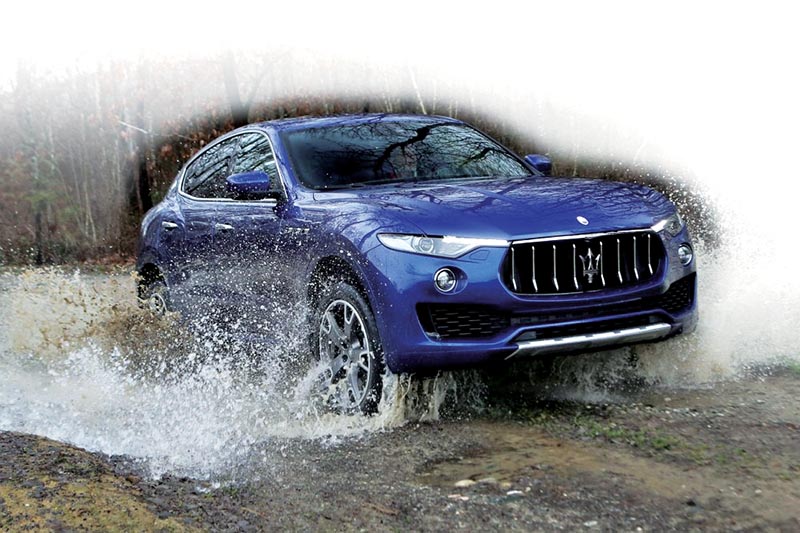Off-road driving
Many people buy off-road cars like SUVs or soft road ‘crossovers’ because they dream of driving through the rugged terrain of mountains and other beautiful places that most people cannot reach. Usually it only remains a dream as they may not want to risk damaging their beloved vehicles on really rough roads so these off-roaders usually only give them the satisfaction of feeling ‘macho’.
There are however a few daring drivers who have the courage to venture off the smooth ‘black top’ roads into the muddy tracts of the wilderness. They usually know whether they want to go to a fishing spot, a wild life sanctuary or to a fantastic mountain vista but many do not know how to handle the hazards of rough roads or no roads at all. So here are a few tips to help any of you who are planning some rough riding.
- Never venture into the wilderness without having your vehicle thoroughly checked as there is nothing worse than getting stuck in the middle of nowhere with no one to help you. Ensure that all your tyres including the spare ones are in good condition and that your lights, coolants, windscreen wipers and other systems are in good condition.
- Your tyres are the most important so ensure that your best tyres are in front, since those take the maximum strain of steering, braking and traction in front-wheel cars. Ensure that you carry a tyre repair kit and a pump, preferably an electric pump which is easily available today. Most cars now have tubeless tyres for which a repair kit is available but, in the event of a puncture, you need to over-inflate your tyre to get the tyre to seal properly with the wheel rim before reducing the pressure to the amount recommended. Also remember that you may want to lower the tyre pressure in all your wheels if you want better traction on ice, snow or wet slippery roads.
- Carry a large plastic or canvas sheet in case of rain or in case you have to get under your car. Also ensure that you have a jack and tool kit. A good torch and penknife are also very useful, and don’t forget your first aid kit. Also carry a rope in case you need to be towed out of trouble. And don’t forget to take some biscuits and tinned food so you are never hungry.
- When driving on slopes or on muddy roads always stay in a lower gear to ensure that your engine will immediately respond when needed. Shift to a lower gear before a slope or difficult patch as shifting after your engine slows down or stalls may get you stuck.
- Keep your engine revs high when going through water on the road because water may get into the engine through the exhaust if you stall. The extra power will also help you keep moving so you never lose velocity. In slippery conditions look for firm patches on the road ahead and drive fast from one patch to another.
- Even with power steering strong arms are necessary for rough driving. In tricky terrain it is sometimes necessary to steer with one hand over the top of your steering wheel so that you can quickly move right or left as needed. Use your other hand for added power.Off-road driving is great fun so go for it. Start with some easy drives as practice will help before risking any really tough routes.
The author is the region’s most celebrated automobile columnist





